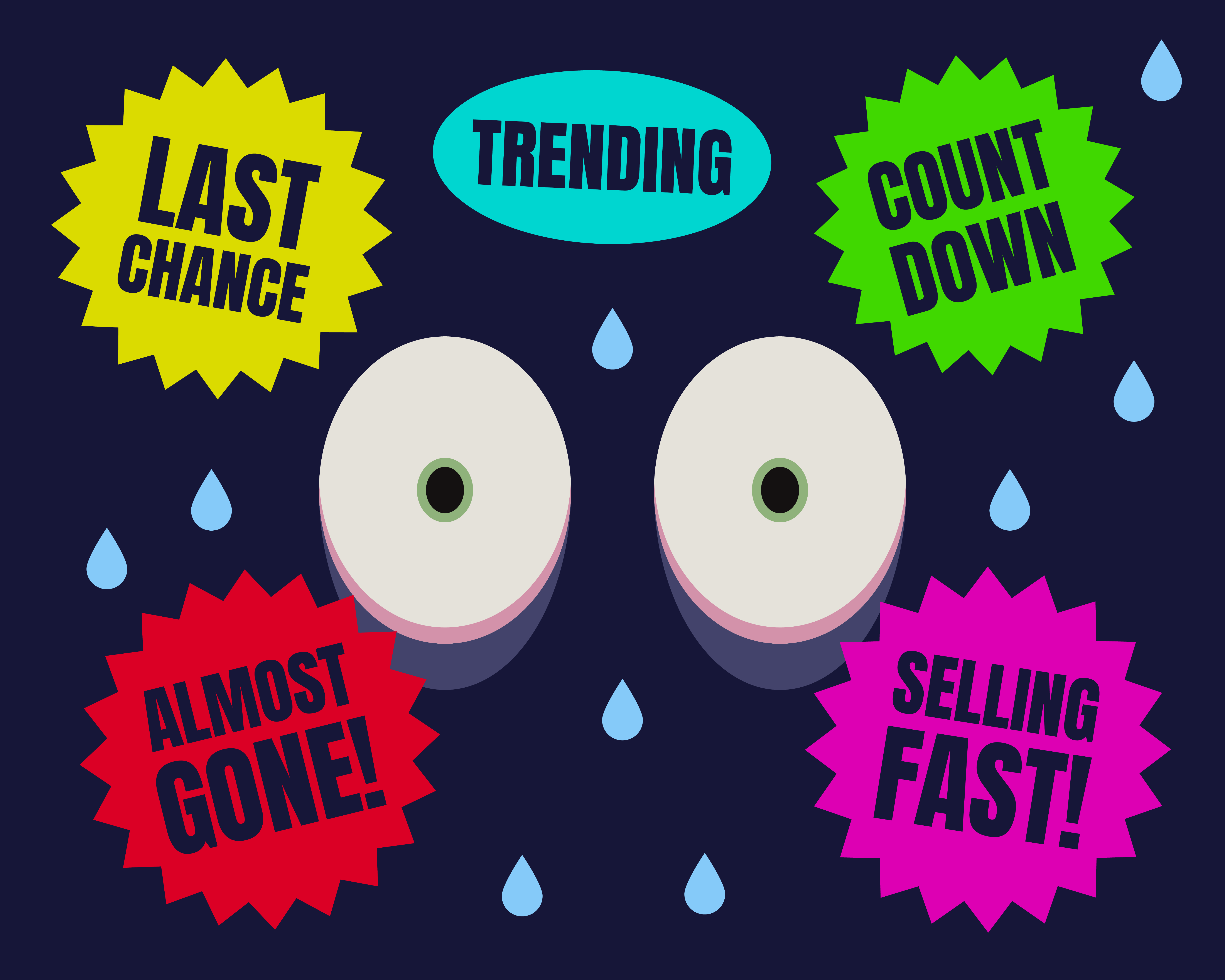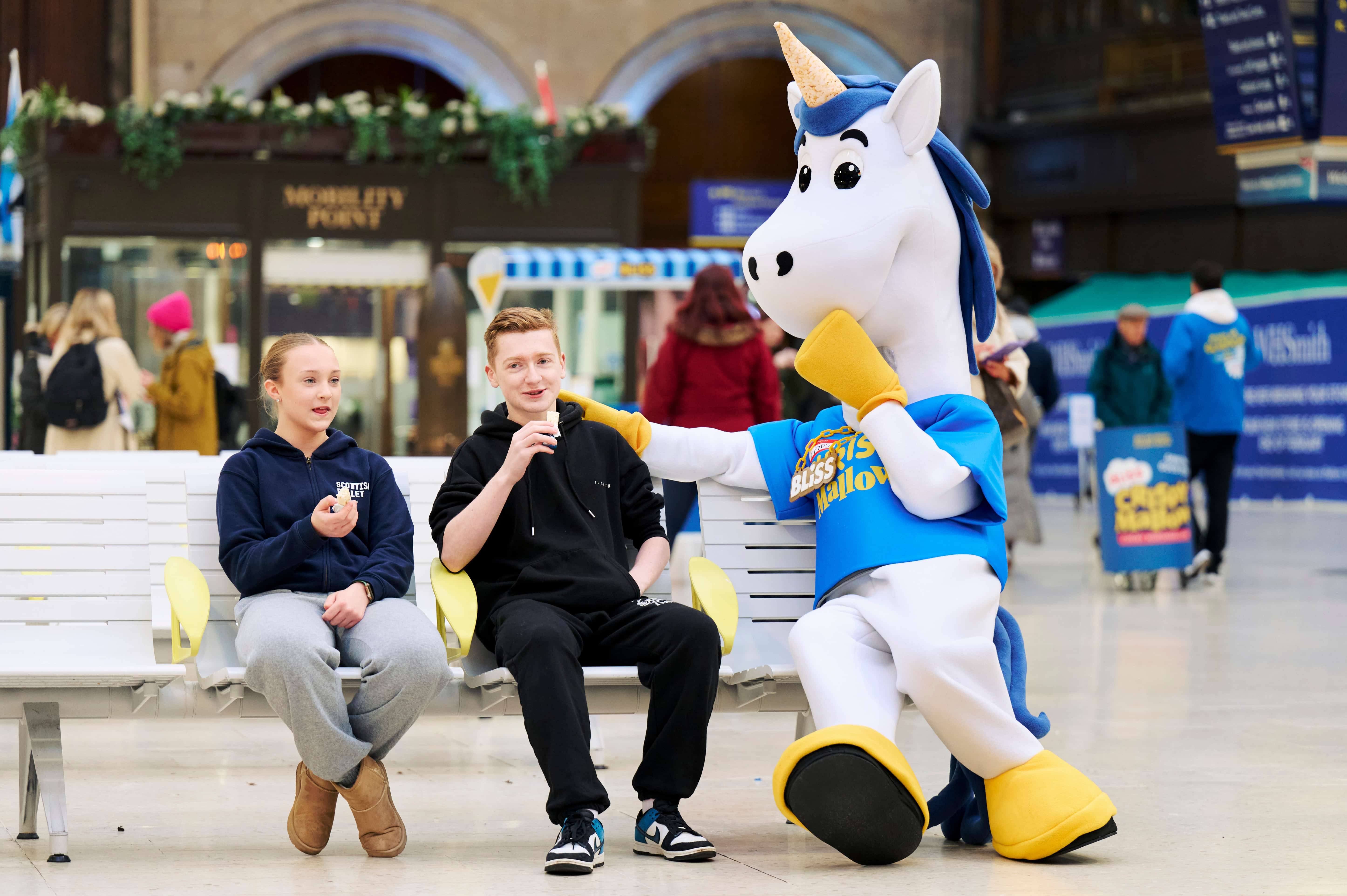Experiential marketing is back. After a cautious return, 2024 marked a significant turning point in global expenditure in experiential activations for both B2B and B2C surge, exceeding $128.35 billion (Marketing Dive) and significantly exceeding pre-pandemic spend.
Driven by reducing digital activation costs, AI moving beyond the hype, and an audience eager for real-world experiences and interactions, 2025 promises even greater innovation - and it’s the brands that embrace these immersive experiences that will stand out.
Experiential marketing isn’t a luxury—it’s a strategic must for building connections and driving long-term engagement. Yet, many brands still underestimate its potential to deliver tangible results, boosting loyalty, engagement, and ROI. As people crave shared experiences more than ever, brands have a prime opportunity to create meaningful interactions.
Experiential marketing: Turning passive audiences into active participants
Experiential marketing brings brands to life, transforming spectators into participants. It creates genuine emotional connections, making messages stick long after an event ends. The impact is clear:
People want interaction, not just observation
Building on the success of the award-winning Scottish Widows Pension Mirror digital experience created by Union Direct, the Union Group transformed it into an in-person activation that can effectively engage both B2B and B2C audiences.
Using AI-driven personalisation to give commuters and industry delegates a glimpse of their financial future, the Pension Mirror makes an abstract concept tangible and engaging. The results speak for themselves: at Waterloo Station, engagements impressively occurred every 1 minute and 50 seconds. While at the high-profile PLSA, Pension Mirror made Scottish Widows' stand the busiest of the three-day conference, proving the B2B audiences equally crave immersive, memorable experiences.
This seamless integration of digital and physical elements—phygital marketing—is gaining traction. The success of the Pension Mirror across both high-footfall public locations and industry events, demonstrates how a single experiential concept can be effectively adapted for different audiences, environments and objectives.
Bringing brand stories to life
Experiential marketing is about creating moments that resonate.
Gamification plays a key role in making experiences more engaging. A recent standout example for us is ScottishPower’s Toast Off, a public engagement roadshow in Scotland and London executed by Union Connect, to raise awareness of ScottishPower’s innovative Half Price Weekend energy deal.
Our activation turned education into entertainment by challenging the public to catch giant slices of toast from an oversized green toaster to win prizes. The light-hearted, competitive experience created a perfect opportunity for soft engagement (average 60% email opt-ins to future marketing communications), but also ensured the audience absorbed key messaging about the offer in an enjoyable way, that nurtured positive brand sentiment.
Experiential marketing trends to watch in 2025
Brands that embrace new experiential trends will have a competitive edge:
- Hands-on, hyper-Interactivity – People want to play, explore, and engage—not just watch.
- Phygital experiences – Merging live activations with digital elements extends reach and impact (and strengthens measurement).
- AI-powered personalisation – AI-driven interactions enhance relevance and engagement.
- Sustainability and ethical marketing – Consumers expect authentic sustainability efforts in brand experiences.
- Content-first approach – Gen Z increasingly trusts content creators more than traditional ads, making shareable experiences essential.
Why experiential is a must-have, not a nice-to-have
The strongest marketing strategies integrate experiential with digital, social, and traditional media, creating seamless brand experiences that drive loyalty and advocacy.
Experiential marketing isn’t a side project—it’s a strategic investment that fosters deeper connections, lasting impressions, and brand affinity. Brands that embrace it will lead in an increasingly competitive space.
Ready to create experiences that matter? Discover how we can help ali.liddy@union.co.uk or visit Union Connect’s experiential and field marketing page.




